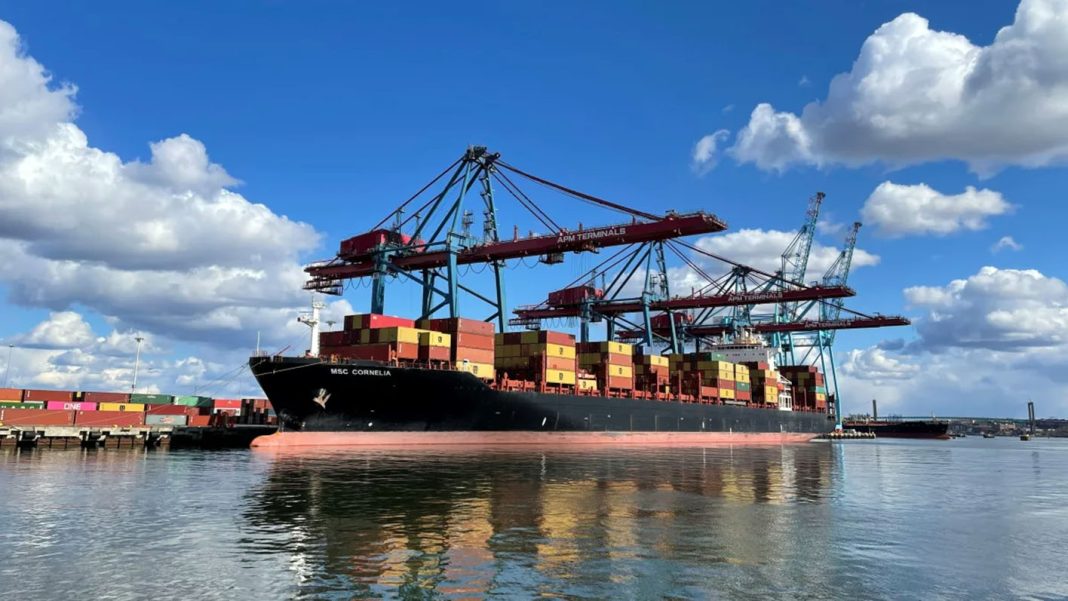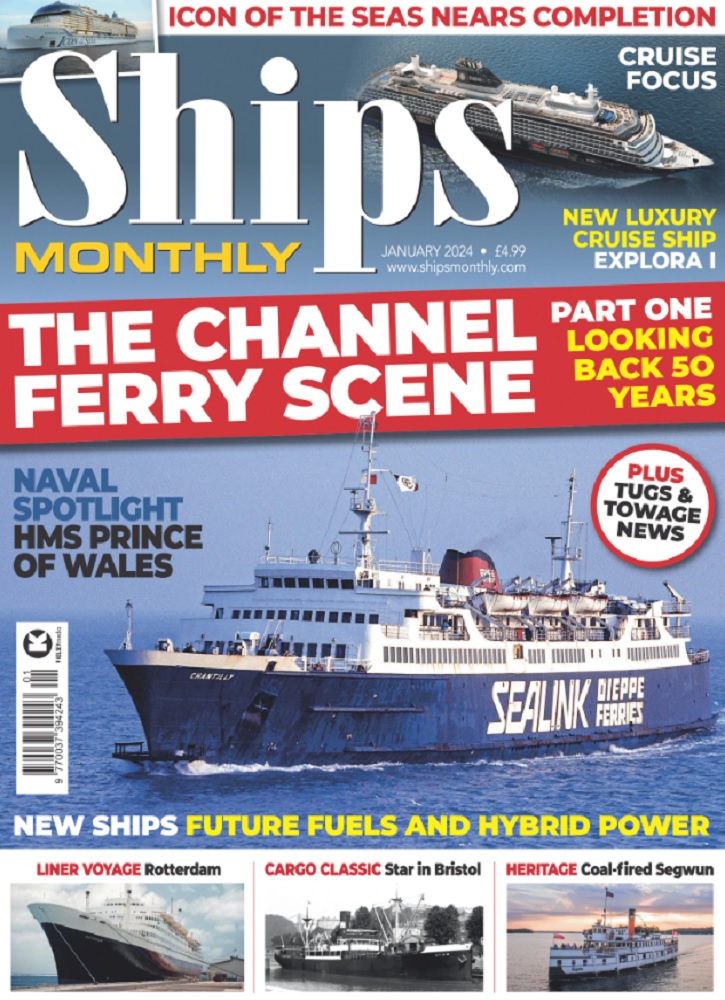The Port of Gothenburg is growing in terms of volumes and enhancing its position as the guarantor of Swedish industry’s access to the world at large – this is reflected in the Port’s reported volumes for the first half of 2022.
And despite warnings of an imminent recession, Elvir Dzanic, CEO of the Gothenburg Port Authority, believes there will be continued growth for the industrial sector into next year.
The vast majority of Swedish foreign trade takes place by sea. When it comes to trade with countries outside Europe, the most common method is to transport freight on container ships.
At the Port of Gothenburg, which is the largest port in Scandinavia, 433,000 twenty-foot containers (TEU) were handled during the first half of 2022. This is a 5% increase compared with the same period in 2021.
The Port is also increasing its market share in Sweden. The Port currently accounts for 52% of the Swedish container market, compared with 48% at the beginning of last year.
The Railport Scandinavia railway system links the Port of Gothenburg with over 30 inland terminals at locations all over Sweden, and is one strong contributory factor behind the increase in container volumes in the Port.
New locations were added to the system during the first half of 2022, while existing traffic has seen additional growth. All in all, container transport activities by rail to and from the Port have increased by 10% compared with the same period last year.
The ferry and cruise segments are seeing dramatic growth, as people continue to travel more as restrictions are eased. The number of ferry passengers increased by 197% in the first half of 2022, while calls by cruise ships increased from six to 25 during the same period.
The Port’s intra-European ro-ro traffic – which takes freight by road to and from the UK, Denmark, Germany, Poland, Norway and the Central European hubs at Gent and Zeebrugge in Belgium – increased by 3% during the first half of the year, as 295,000 ro-ro units were loaded or unloaded.
The automotive industry continues to struggle with component shortages and delivery problems. This is evident in, among other things, a drop in the number of new cars registered in the EU, which fell by 14% in the first half of 2022. The Port of Gothenburg is the biggest port in Sweden for cars and handled 122,000 vehicles during the same period, this too a drop of 14%.
The flow of energy products through the Port increased by 10% compared with the first half of 2022. It is above all refineries that have increased their production, although storage of crude oil is at stable levels.


